Home Plumbing Maintenance Checklist
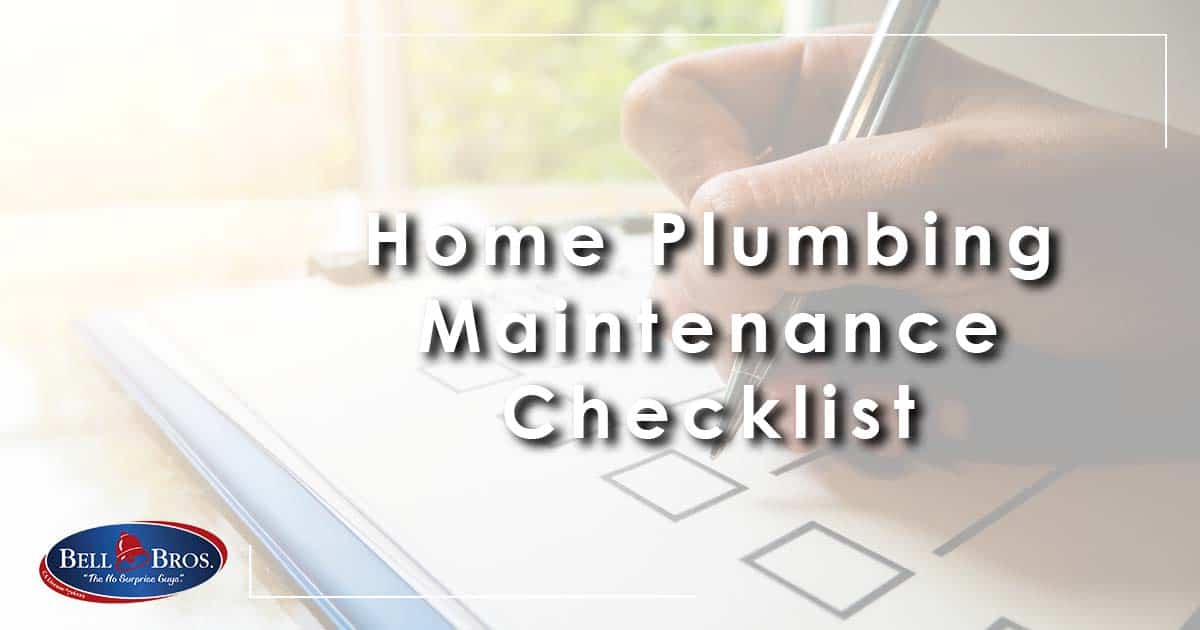
Homeowners dread a plumbing issue because it causes high-stress levels, water bills, and, in severe cases, the need to seek other accommodation until the problem has been resolved.
It’s usually only spotted once the problem has occurred, and the case has gotten bad enough to see without actively looking for it.
However, it’s simple to monitor the condition of your plumbing to ensure any problems are caught before they worsen. Follow our easy plumbing maintenance checklist every other month and guarantee healthy plumbing, bank accounts, and peace of mind.
Around The House
Set aside some time to check the condition of your plumbing around the house. Pay attention to:
The Water Heater
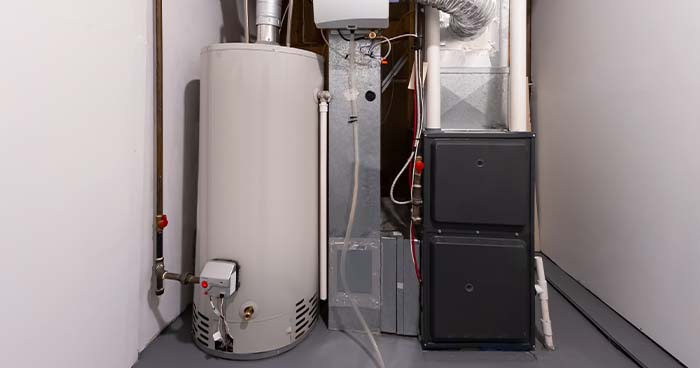
Broken water heaters can cause a seriously bad leak and flood your basement overnight. Also, if the water heater is faulty, you could have little to no hot water, so it’s important to stay on top of it.
You’ll need to look for any water leaks or broken pipes visually. Also, pay attention to the color of the water spill. If it’s a rusty, brownish color, the water may be infected with dirt and dust, which can breed bacteria. This is a severe health concern, as infected water shouldn’t be used.
For the safety of you and your family, inspect your water heater every other month for water leaks or broken pipes. Make sure that when you run the hot water, it stays hot.
Hose Spigots
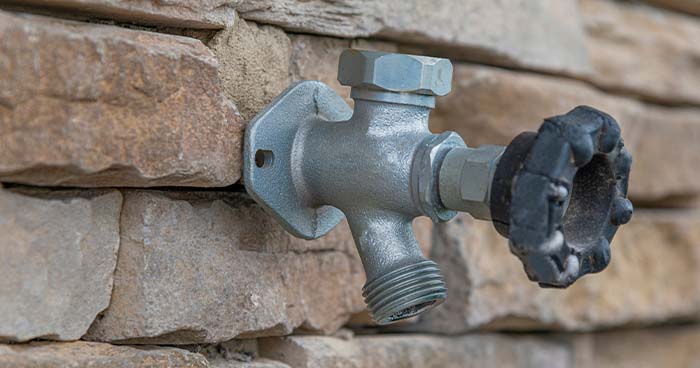
Hose spigots can develop leaks over time, so keep an eye on their condition.
While many homeowners overlook the importance of hose spigots, they’re faced with a high water bill for their mistake. If they need repairing, you’ll need to replace the cartridges or washers.
Checking their condition regularly allows peace of mind that they are functioning correctly and wasting no water.
Washing Machine
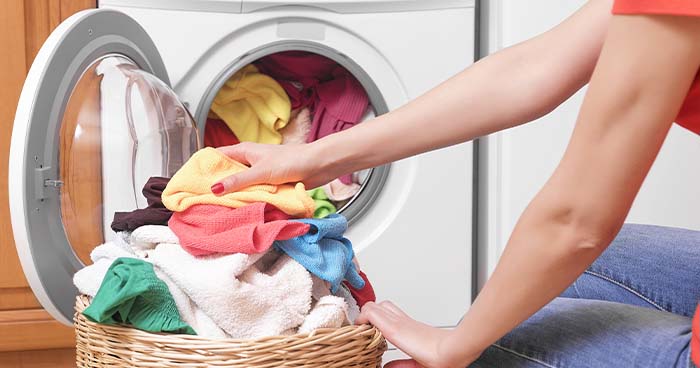
Checking your washing machine’s plumbing maintenance takes next to no time at all. When you do your laundry, check to see if there’s any water leaking from your washing machine, specifically at the bottom of it.
This check takes less than two minutes and can save your property from severe damage.
If a washing machine is leaking, it’s likely due to a broken or loose drain hose, a faulty pump, or a worn-down tub-to-pump hose. These are easy fixes if caught in time, so ensure you monitor the condition of your washing machine every other month.
The Bathroom
The bathroom is a frequently used room by every member of your family. With so many plumbing fixtures located here and regular use, it can be a hotspot for plumbing issues. Make sure you check:
The Faucets
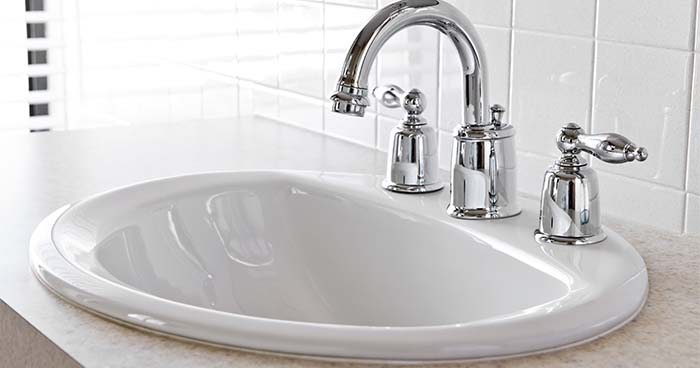
The bathtub, shower, and sink faucets need the most care and attention due to their frequent usage. When doing your plumbing maintenance, it’s essential to dedicate some time to these three areas.
Check for any visible leaks. If your faucets are dripping, you likely need to replace your washers or cartridges.
The issue with shower or bathtub plumbing comes from water supply lines being hidden inside the walls. This makes it impossible to see a broken pipe or a leak the way you’d spot one with your water heater. That said, check the room that is directly underneath your bathroom. If there are leaks or broken pipes inside your shower or bathtub lines, it’s likely to present itself there.
You should also regularly run your faucets and watch and feel the water pressure. If it’s spraying water irregularly or the pressure feels weak, you probably have a calcium build-up on your aerator.
There’s an easy solution to a calcium build-up, though. First, manually remove your aerator, clean it, and then soak it in vinegar. If, however, the build-up is too extreme, then simply replacing it may be your best option.
The Drains
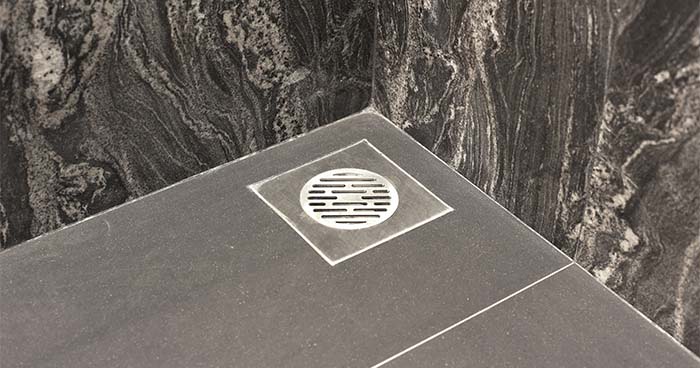
Build-up of hair and soap cause blocked drains all too regularly in homeowners’ bathrooms. It can happen quickly and, if not checked and routinely tackled, can cause overflows and smelly, infected water.
Don’t allow it to worsen. Set time aside to treat your drains. Just pour baking soda and vinegar down your plugholes, it’ll clear any build-up or blockages before they worsen.
While you can buy drain unblockers, this works just as well, and the ingredients are probably sitting in your cupboard.
The Toilet
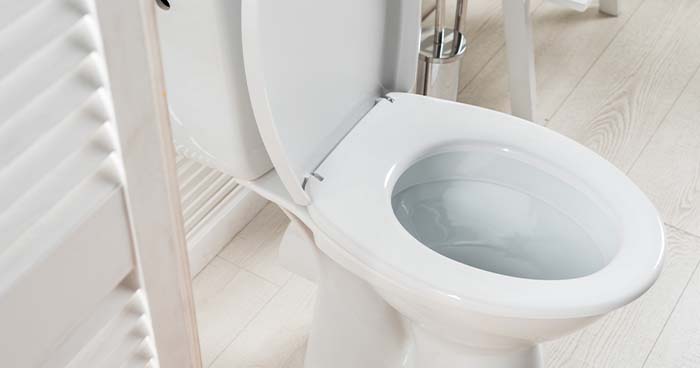
Faulty toilets are severely problematic, especially if there’s only one toilet in your house.
There are many parts to a toilet that all need to function properly for it to work. So, if one element goes wrong, it can be a nightmare to solve.
Look for any leaks or spills coming out of your toilet, paying specific attention to your base.
You should then remove the lid and flush your toilet, paying attention to what the pump does after flushing. If it still runs after being flushed, the toilet is wasting water. Wasted water results in high water bills and indicates a fault that will worsen over time.
So, it’s important to stay on top of it with plumbing maintenance checks, paying attention to leaks, and continuous running after being flushed.
The Kitchen
Just like the bathroom, the kitchen hosts many plumbing fixtures. And, similar to the bathroom, if the plumbing packs up in your kitchen, everyday living is massively impacted.
So, it’s vital that your plumbing maintenance checks extend to your kitchen, paying particular attention to:
The Sink
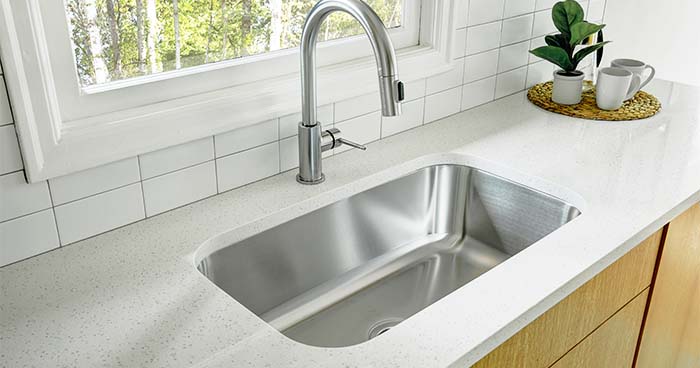
The kitchen sink is likely to be the most heavily used plumbing fixture in your kitchen. With such heavy usage from draining food, filling drinks, and washing up, there is a heightened potential for plumbing issues with your kitchen sink. So, checking on its condition every other month avoids any need for panic when a problem arises.
You’ll need to make sure water is flowing well down the sink. There’s no buildup in your drains if it flows quickly without getting stuck. However, should the water take too long to flow down the drain, there’s probably a buildup from doing the washing up.
Just like your bathroom plugholes, it’s best to treat the problem preventatively and routinely, rather than waiting for a buildup. So every other month, pour down baking soda and vinegar into your plughole and allow it to dissolve any buildups that are lurking in your drains.
The Faucet
A leaky kitchen faucet is the most common plumbing problem of all. The issue is when the leak begins, it’s usually too slight to spot unless you’re actively looking for it. However, it’s at this stage that it’s most manageable and inexpensive. Therefore, it’s essential to check your kitchen faucets routinely.
Look for any leaks, watching your faucet as you move your lever. If it’s evident that there’s a problem with your faucet, it’s best to replace it. If not, you’ll end up spending far more on water bills from excess water leaks.
The Garbage Disposal
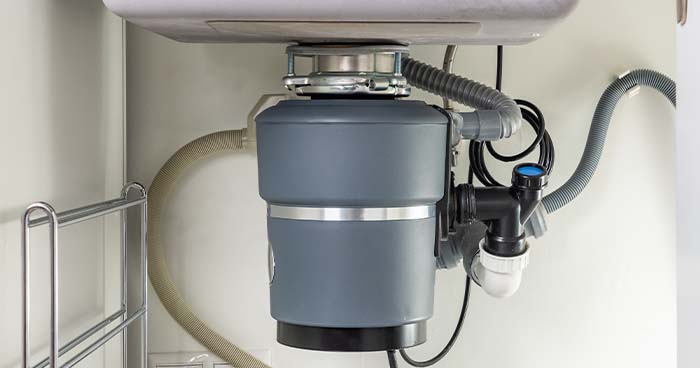
Usually, a damaged drain connection between the disposer and the sink drain or from the dishwasher to the disposer is responsible for any problems with your garbage disposal. Luckily, this is easy to spot with some routine plumbing maintenance checks.
You’ll need to run the water and turn your garbage disposal on. While it’s operating, take a look under your sink for any apparent leaks. If it’s operating correctly, there should be no leakage. However, if there are spills and excess water, it will need to be repaired before the condition worsens.
The Dishwasher

The last element for plumbing maintenance checks is your dishwasher. Having a dishwasher saves you time and makes cleaning up so much easier. However, if there’s a problem with your dishwasher, it can cause property damage and skyrocket your water bills.
This is an easy check — just watch and listen to your dishwasher when it’s cleaning. If your dishwasher is filling too slowly, it indicates an issue with your water supply hose or the valve that operates it.
If your dishwasher is draining too slowly, or you’re left with a puddle of water on the bottom of your dishwasher after the cycle has ended, it’s likely that your water discharge hose is blocked. Take a look at it to make sure it’s clear, and the water can flow through it with no difficulty.
Plumbing maintenance doesn’t need to cost a fortune and cause headaches. Simply follow this plumbing maintenance checklist to ensure your plumbing is in tip-top condition.
Call the experts at Bell Brothers for any plumbing needs you may have. Call the number at the top of the screen or click here to book online.

